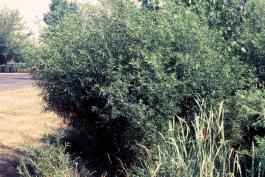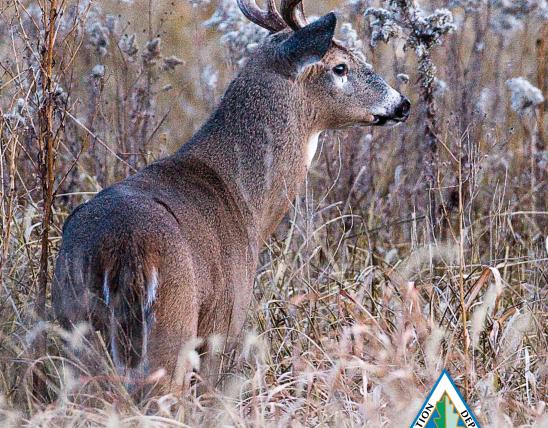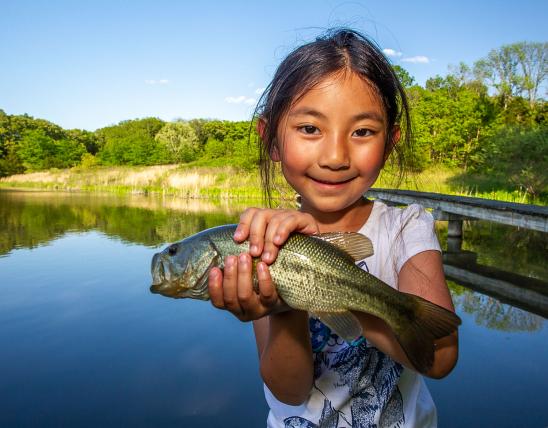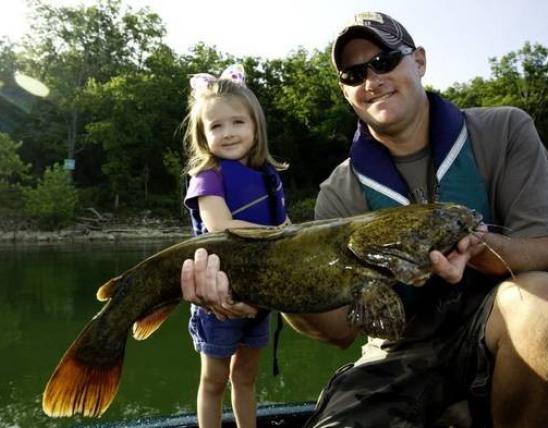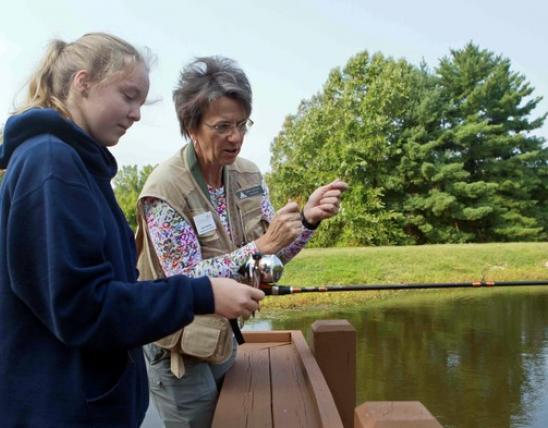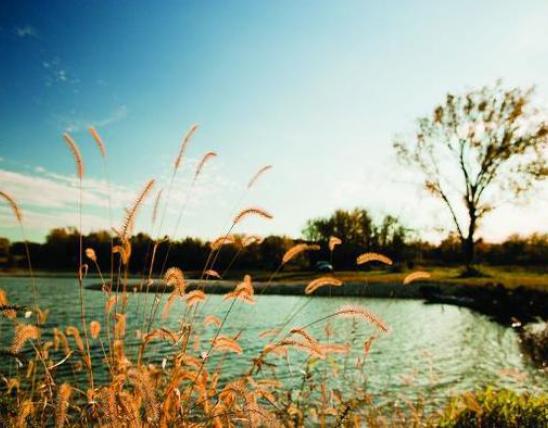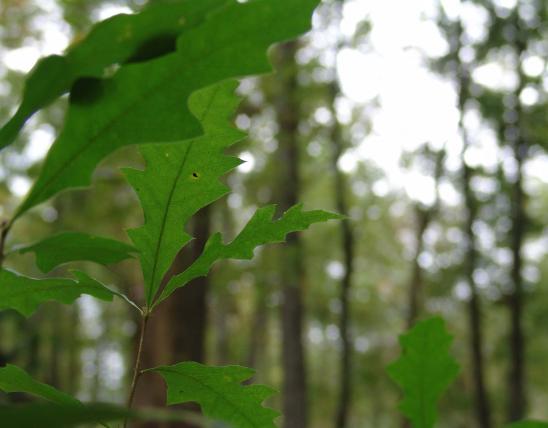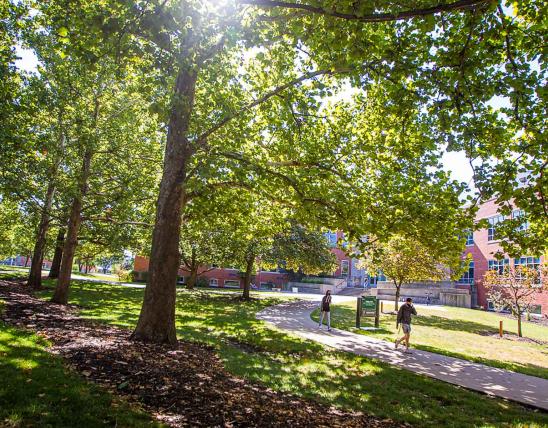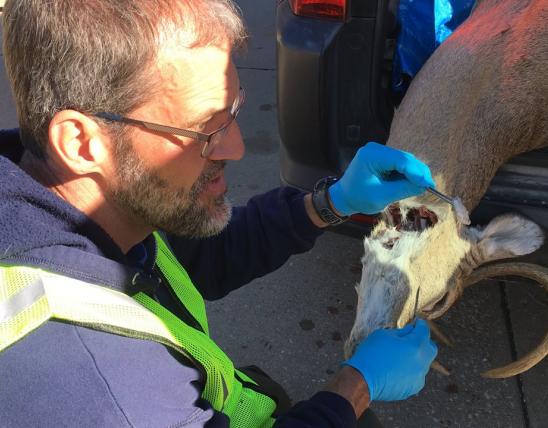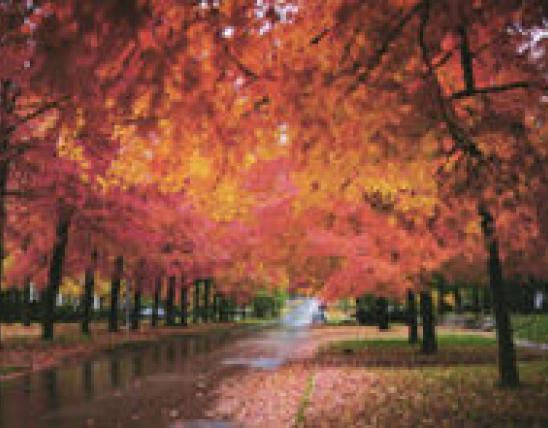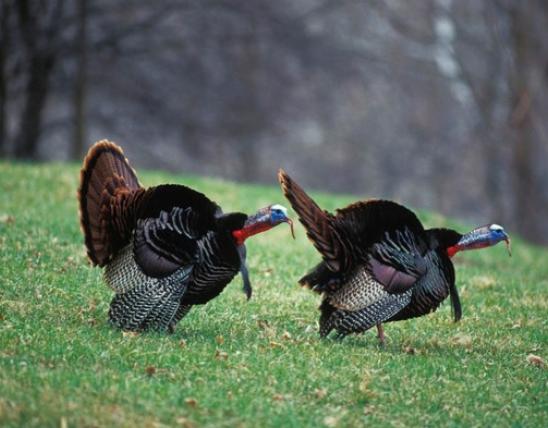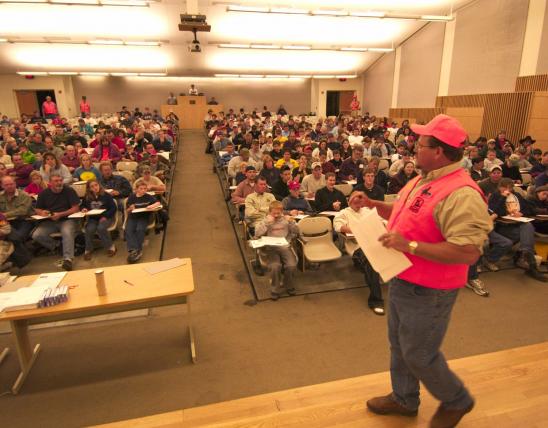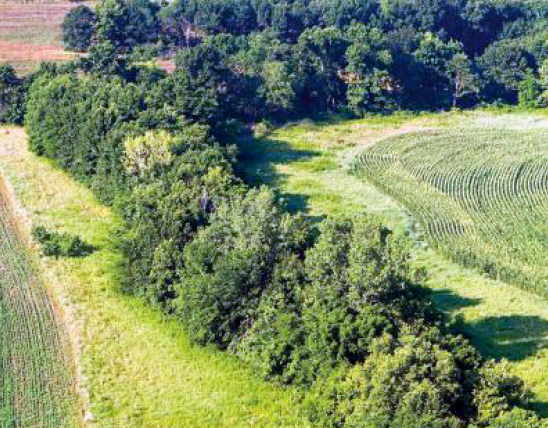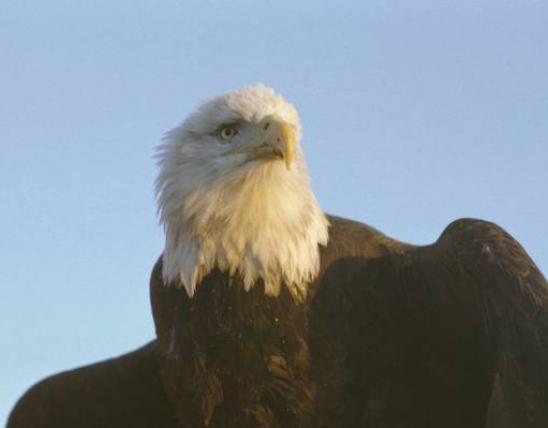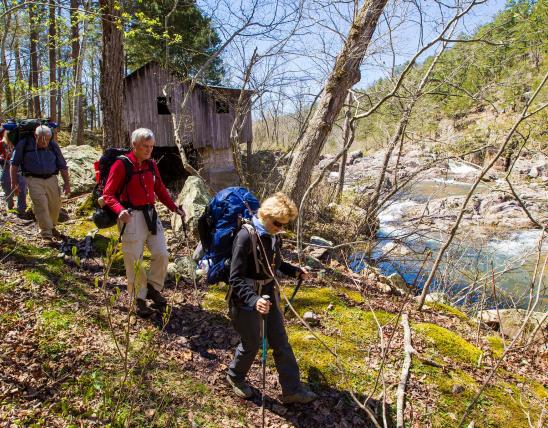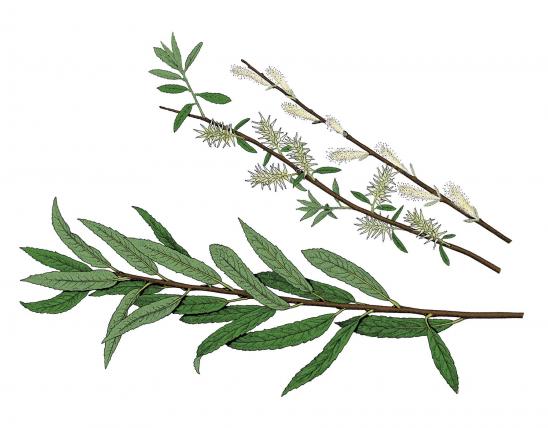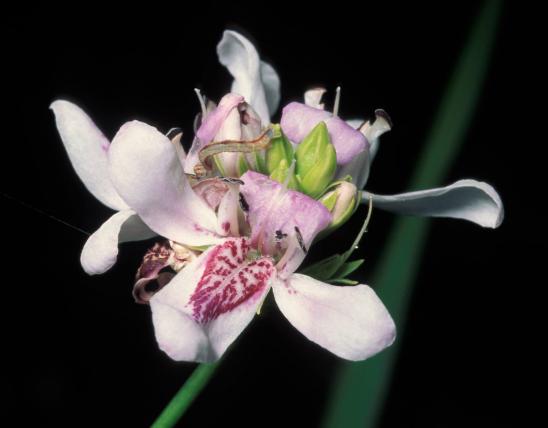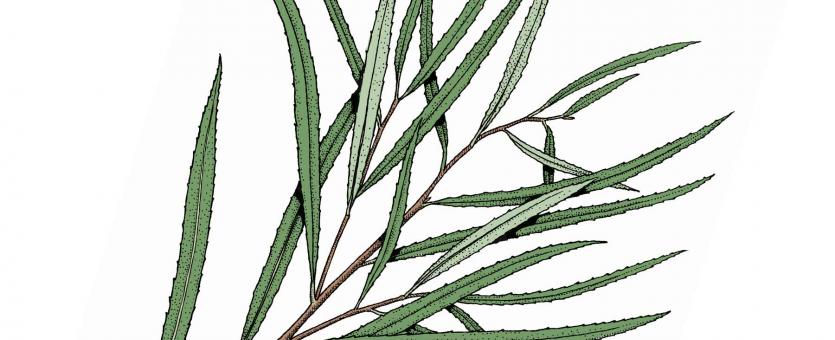
Sandbar willow is a slender, upright shrub forming thickets by spreading roots, or a small tree.
Leaves are simple, alternate, very narrow, 2–6 inches long, about ¼ inch wide, thin, with scattered and unevenly spaced, gland-tipped small teeth, only 3–12 to an inch; tip pointed. Leaf stalk ⅛ inch or less, hairy. Young leaves silky-hairy beneath.
Bark is green to gray or brown, smooth; on older trunks furrowed and broken into closely flattened scales.
Twigs are slender, erect, green to brown or red, smooth or hairy, sometimes with a white, waxy coating.
Flowers May–June, flowering after leaves develop, male and female flowers in separate catkins in axils on twigs, borne on separate plants.
Fruits June–July, catkins 1½–2 inches long; capsules about ¼ inch long, oval with a beaklike point; seeds minute, attached to long white silky hairs at the base.
Height: to 30 feet.

Scattered statewide.
Habitat and Conservation
Occurs on sandbars, mud flats, and alluvial muddy banks of streams, oxbow lakes, ponds and ditches of river bottoms, and floodplains. Often associated with silver maple and cottonwood on the river flats of the Missouri and Mississippi. It is drought resistant and suitable for planting on stream bottoms to prevent erosion. It prefers locations with less gravel than Ward's willow (S. caroliniana).
Status
You might sometimes see this species called Salix exigua. Botanists have disagreed as to whether this plant is a subspecies of S. exigua (in which case its name would be S. exigua ssp. interior), or whether it should be considered a separate species (as we do here: S. interior). DNA testing has shown the two to be reasonably distinct genetically. S. exigua, also called narrowleaf or coyote willow, is widespread in the western United States and adjoining Canada. The two species overlap in the western Great Plains and Pacific Northwest.
Human Connections
Sandbar willow is a good soil binder and bank stabilizer; it prevents washing and erosion of alluvial soil. Each year, Missouri sells about $7 billion of agricultural products, and agriculture (whether crops or livestock) depends intimately on soil — so we don't want it to wash away!
Ecosystem Connections
Deer eat the twigs and leaves; rodents, including muskrat and beaver, and rabbits eat the shoots and buds. Some ducks and water birds eat the catkins and leaves. Bees make a high-grade honey from the flowers. Willow thickets provide cover for wildlife and stabilize stream banks.



